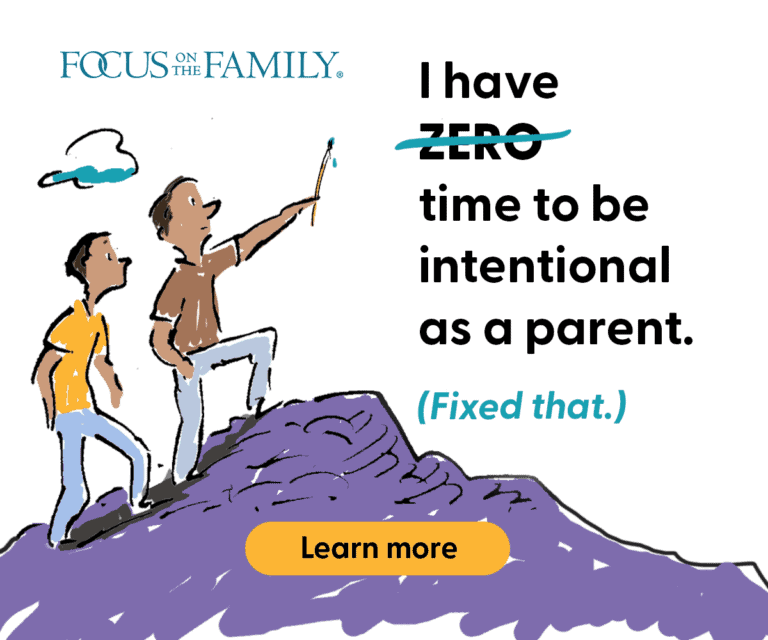An examination of friendships among fathers revealed fairly a variety of situations: some men had few or no friends. Some men had some casual friends, but no one with whom he would share intimate information. Some men had very close friendships with one or more other men. Some men’s closest friends were family members. Yet with all of the permutations, a few patterns were noticeable. Some of these might be better considered as hypotheses for future research.
First of all, men who more active outside of their families had more friendships. As these fathers articulated their circle of friends, they time and again referenced friends they had acquired while participating in some activity. One man used to race motorcycles. Even though he was no longer as active in this area, his list of friends was still dominated by other guys he had met in his racing days. The same was true of a couple of our dads who were avid board-gamers. They still got together with men they had known for years to play board games. However, these relationships are not always permanent. Stan used to be a very social guy — very much into the party scene as a young single man. However, he married a single mom with two children, and soon thereafter they had a third child. His activities outside the house all but stopped, as did his friendships. He indicated some of his “former” friends would call him up to chat, but they never wanted to hang out “with me and my three kids.” Even when he does talk with them from time to time, he indicated that he wouldn’t tell them anything personal: “I’m doing fine, everything’s always fine.” It was clear throughout the study that the men who were more active outside the family setting had the most friendships, and were less isolated.
Second, the idea of “casual” vs. “close” friends is too simplistic. An initial attempt was made to differentiate between “casual” friends from his “close” friends (those with whom he would discuss deep, personal issues). This attempt failed. Some men naturally disclose more to his friends than others, and some friendships are closer and more personal than others, but the original hypothesis that a man has two levels of friends didn’t hold up to scrutiny. In the end, it seemed that all his friendships were emotionally rewarding at some level, although a few definitely seemed more intimate than others. It actually seemed like the closest friendships discussed in the study were less like friendships and more like mentoring relationships.
Third, there seemed to be a distinction between “my friends” and “our friends.” The first group consisted of other men with whom the dad shared common interests or hobbies. The time they spent together was either as a pair or in the company of other such men. The second group consisted of friendships at the family level. In these cases there was a joint relationship between the men, their wives, and their children; time spent with these friends was generally also spent with both families present. Obviously, for some men, “my friends” were also “our friends,” but this did not seem to be the norm. It should be noted that there are much higher barriers to entry for “our friends”:not only must the men enjoy each other’s company, all four spouses must also enjoy each other’s company, and finally the children must be of ages and dispositions that complement each other. This is a very difficult proposition. The men who did discuss family-level friendships did not seem to be as invested in the relationships as those who discussed personal friendships. In some cases they overtly valued the time away from their families, and the higher level of openness they felt without wives present.
Fourth, friendships with family members count. We noticed this particularly with one of our African-American dads. He remained very close with his brother and a couple of male cousins, and he saw any non-family friendships as secondary relationships. In situations (and subcultures) where a man remains geographically close to his family members, those relationships will have a natural prominence over peer relationships. In the case of Darren, he had been through several dysfunctional peer relationships, and was somewhat distrustful of non-family friendships. It is also worth noting that men used to these family-centric peer circles would feel even more socially isolated if they had to move to a different city or state, since they would have little experience forming new relationships as an adult.
Fifth, there is a cost to friendships. Most dads already are juggling responsibilities at work, as well as multiple conflicting obligations within their home life. For many of them, trying to add time outside the family makes their lives harder, not easier. In some cases they have to struggle with their wives to carve out this social time. In other cases their wives don’t give them a hard time, but they still feel as if they are cheating their family out of some of their valuable time. The emotional cost of this conflict dis-incentivizes the time spent with friends.
A father gains social and emotional support through friendships with other men — support that is simply not available in even the best marriage, but that also comes at a cost. However, there is no clear template for what these relationships look like (or “should” look like). Yet it is seems that a man’s activity level plays a large role in the number of friends he has, and the quality of those relationships. It also is evident that a friendship need not be emotionally intimate to be beneficial to these dads. Finally, friendships can be found at a personal level, a family-unit level, and with family members — and each of these types of friendships offer distinct advantages and disadvantages. In the end, the most important factor is whether a man feels that he is isolated from outside relationships or not.















